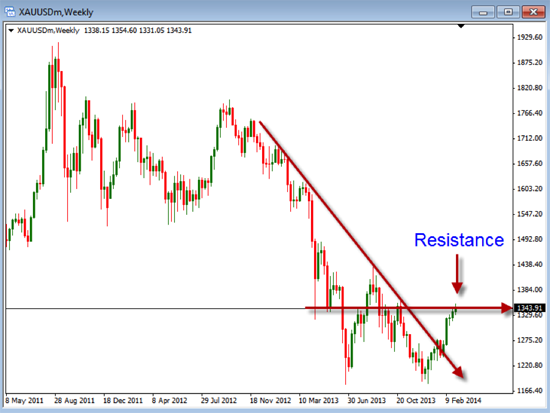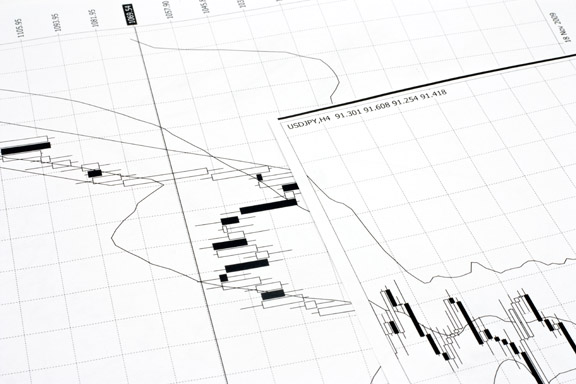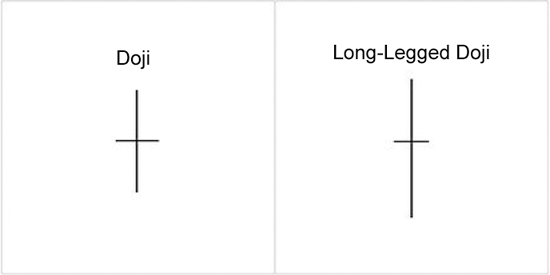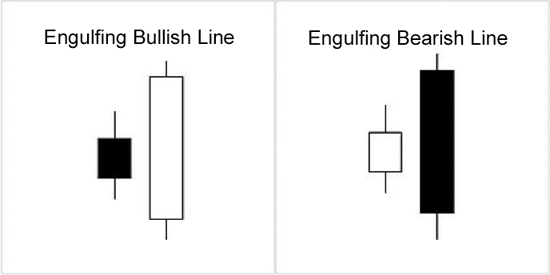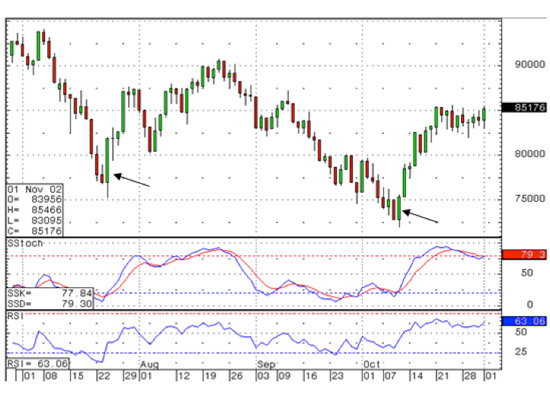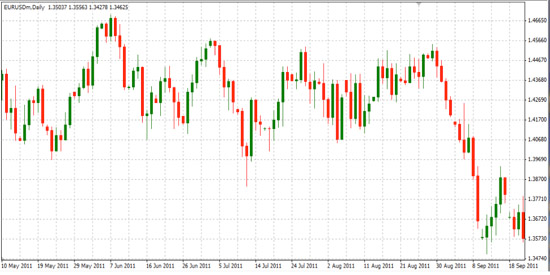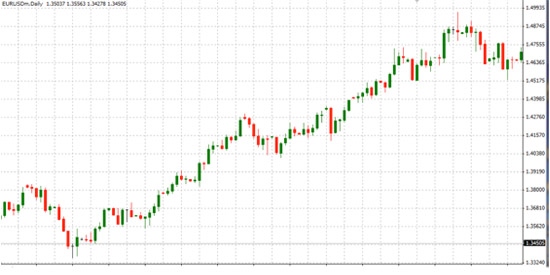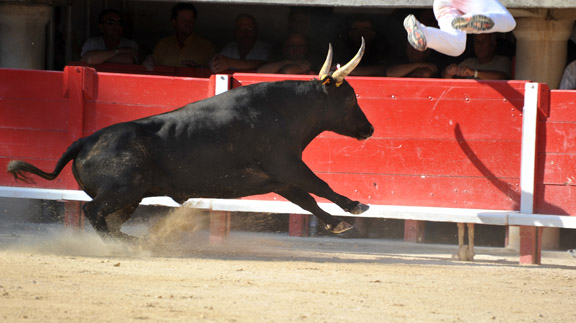What can we do as traders and investors to find new areas to invest in? While looking at emerging markets is a good option, I have noticed recently that some of the old standbys are making an attempt to reinvent themselves. I have seen this specifically in the fast food industry. Taco Bell® is going to begin to serve breakfast, trying to take part of the market away from McDonald’s®, currently, the undisputed fast food breakfast king. McDonald’s® itself is experimenting in a few of its stores by having customers place their own orders on touch screens. They are also increasing the ways that their burgers can be built by adding several new topping choices. It will be interesting in both cases to see how customers like the changes. In the wake of the new style of McDonald’s® restaurants, high school cafeterias look like they may get a boost from a greater menu selection and customers may like being in control of placing their own orders. The wait staff at a lot of sit-down restaurants have been using tablets and iPads® for order placement for a good amount of time so it was really just a matter of time until the fast food companies started using them. It seems as though it may be especially helpful for drive through ordering, at some point, since the drive through of many restaurants are notorious for getting orders wrong.
No matter what you think of fast food in general, or these specific restaurants, the point is that these are the types of things that we need to pay attention to. So we can be ready to jump on opportunities, regardless of if they are new opportunities from new companies or opportunities from established companies.
A new opportunity that was worth paying attention to a few years ago was in the electric car market. When Tesla® came out as an IPO, the stock stayed, basically, flat for over two and half years before it gained momentum. Investors and the marketplace eventually began to take them very seriously. I remember being very impressed with them the first year they had a presentation at Detroit’s North American Auto Show®. They had one high-end car on display that was driven across the country and one slightly less expensive one displayed, with the goal of producing affordable, all-electric cars for the masses. Once their sales and appeal took off, their stock hasn’t stop climbing from their initial price, running up over 1200%.
Today, one of the things that have gotten my attention is the makers of 3D printers. There are only a few of them and, with the prediction that every household will have one within 5 years, means that someone is going to be selling a lot of them. The commercial side is interesting too because most large companies that use 3D printing in more and more of their day to day operations state that they have no interest in developing their own. So the companies that are currently in the market could see a lot of success for a very long time.
I remember reading an article a long time ago about one of the legendary mutual fund managers. When he was asked how he made his investment decisions for the fund’s holdings he stated that he observes what’s popular at the time and the things that people are wearing, eating, buying and doing. He also stated that he observed what his kids are interested in. When you really think about this, it is a pretty good way to get investment ideas in general. If you add in another one of the great fund managers philosophies, which was to be fully invested in stocks 100% of the time, observing the things that are hot, at any given time, and adjusting your holdings as other things take their place, you would have had holdings in Microsoft®, Apple®, Google®, Facebook® and, more recently, Tesla®, with more new and interesting industries and ideas coming up quickly.


